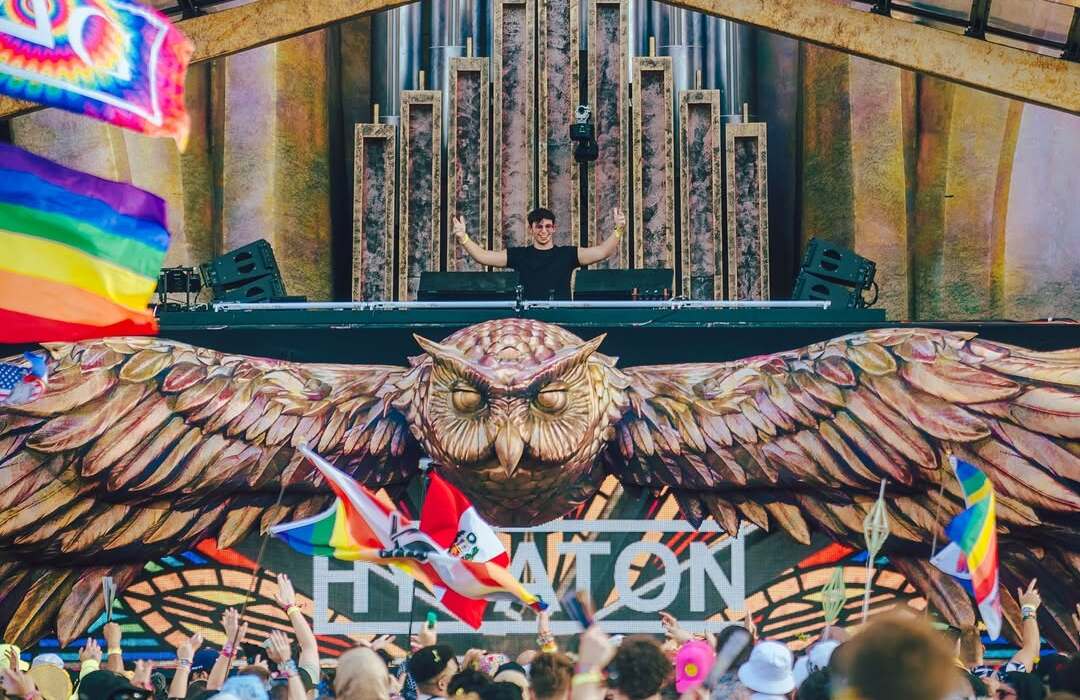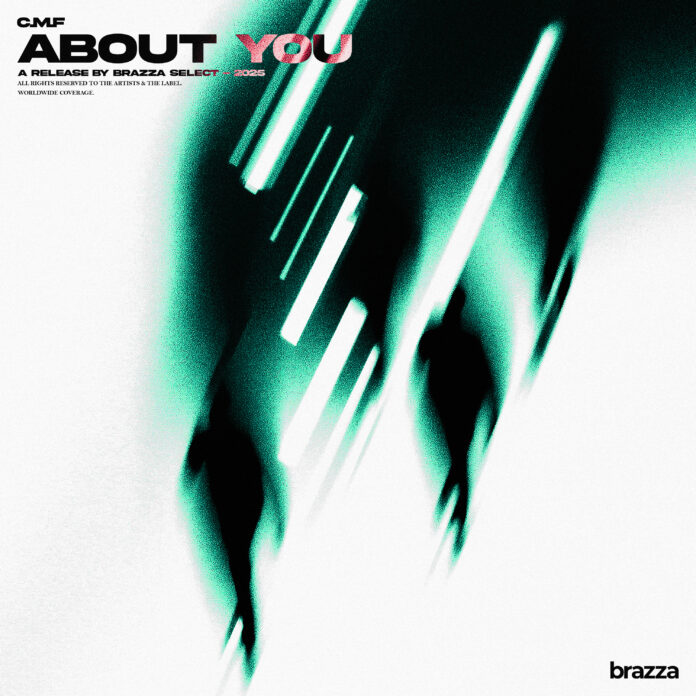Musica Electronica Para Bailar Break Dance is something special. There are many reasons why this track stands out amongst all other electronica. First, the music is unique and has lots of energy in it. The music features a number of kick drums and cymbals, but the most prominent sound is that of the kick drums and the clapping sound of the cymbals. This is a fast paced break dance music from Portugal that is set to be one of the biggest breaking tracks of 2009.
To really appreciate this song, you need to first understand what it’s about. It’s about a boy called Joao who lives in a small village in Brazil. One day while he is walking home from school he bumps into some kids who were selling some drugs outside. He starts to sell his musical version of Ecstasy to them but they soon get wise and put a lock on him.
From this point forward the story takes a dramatic turn for the boy. Joao must travel to a town called Acerra to perform at a local club. During his performance he gets mobbed and his friends decided to throw him off the stage. For several minutes there is no music being played and Joao is just stood there confused as to what is going on. But then a paramedic appears on the scene and along with a police officer he quickly gets Joao to safety.
Musica Electronica Para Bailar Break Dance started out life as a single titled single called Zona Esera. This was released in March of 1996 and has become one of the most popular Brazilian songs of all time. It features the voice of Brazilian singer and song writer Felipe Consuescio, better known as Felipe Cusco. The music is a cover of Cusco’s original composition called Vai Al Hado.
After Zona Esera, a musica electronica version of this salsa dance was released as Joao Baixado. This time around the music had a more Latin American feel to it. The music featured heavy drums, samba, percussion, and even a little bit of metal thrown in. As you can expect the Joao Baixado version is going to be much less slow than its original, but it still has the wonderful original beat. It did not take long for this original Brazilian hit to go international and be featured on various TV shows and radio stations.
In 2001, a musica ballad version of Puo Del Ho and Niike’s Karalegas was released as Buz ankakelau. The similarity between these two songs is that both contain heavy guitar riffs that sound like bass. These riffs sound like they are in rhythm with the music, and both songs use slow chords in order to build the music up. Interestingly enough, both songs were featured on the album titled, Buz ankakelau. Interestingly enough Buz ankakelau translates to “wind up your meat.”
In 2004, the musical version of the break dance became Teiva Do Jalo. It was composed by Rocha dos Reis and is similar to the Brazilian hit, Tambao. The music has a jittery beat and contains fast guitar riffs. The lead singer has the same accent as Cidde Boyes. You might recognize this singer from his appearance on Dancing With the Stars and as a member of The Killers.
Musica Electronica Para Bailar is a high octane, fast paced drums and dance fusion. It consists of traditional and modern elements blended together in order to create a powerful and exciting break dance. Although the music is traditional it is not repetitive. Instead the music uses a variety of fast paced drums and salsa techniques combined with topnotch vocals and guitar to create a unique hybrid of music and dance.


